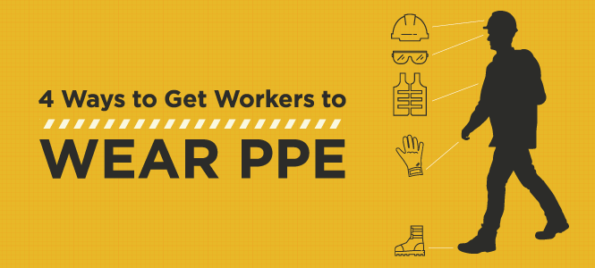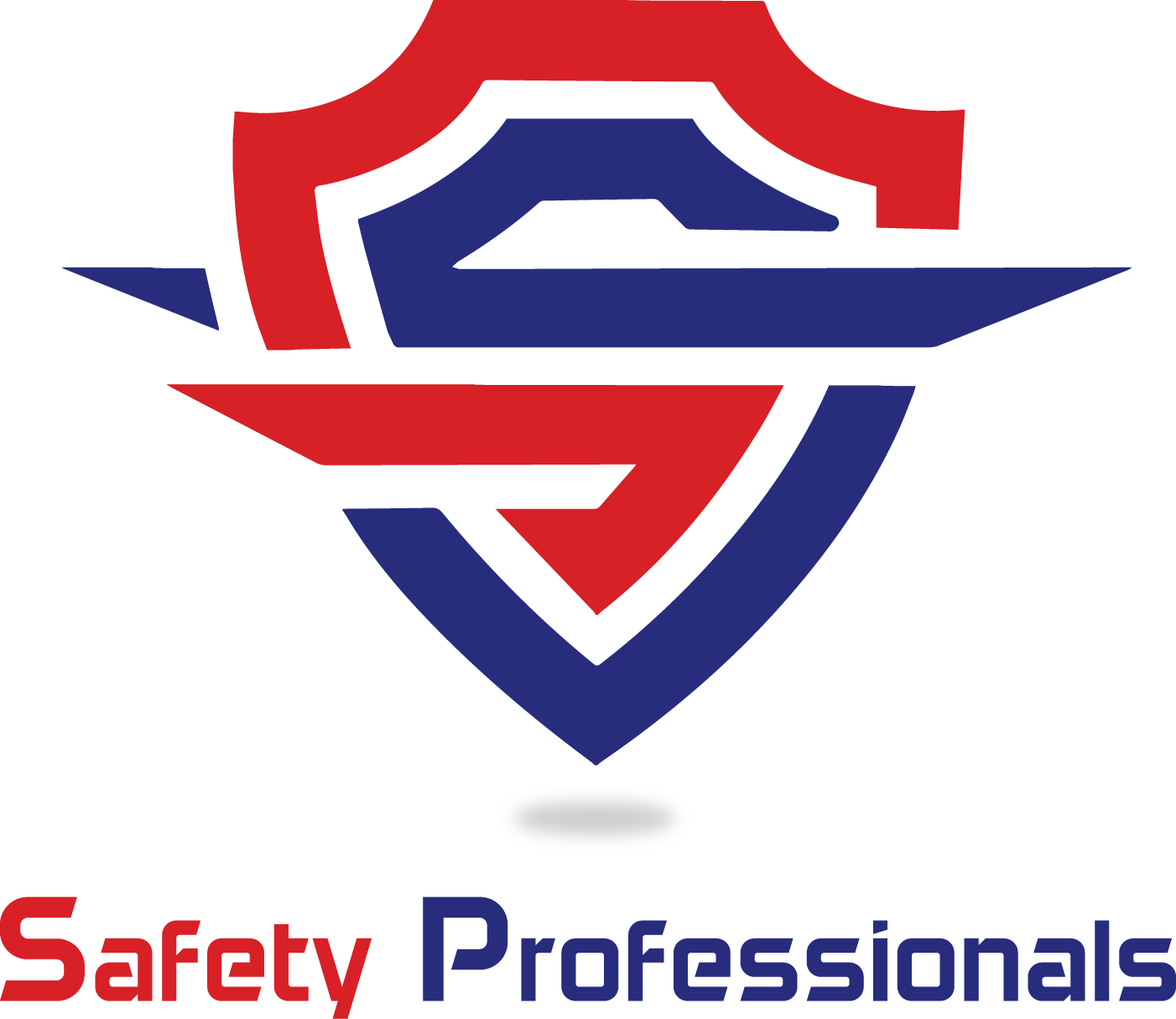Safety tips for every safety industries
Industries are a difficult place to work. There is a lot of physical work involved, and sometimes in environments that are not the safest to perform daily activities. This is especially true in India, where we hear news of setbacks in factories every two days.
If you are part of the industries in any way possible, Safety Kart offers you 9 basic tips that can be incorporated to make life within industries much easier.
Fire Safety Tips Workplace
Use safety equipment (PPE)
When cleaning up clutter and using equipment, be sure to use the proper safety equipment. Making sure you use the proper safety equipment and checking that your safety equipment is not damaged significantly reduces the chance of injury.

Even where engineering controls and safe work systems have been applied, some hazards may remain. These include injuries to:
- The lungs, for example, from breathing contaminated air.
- The head and feet, for example, of falling materials.
- The eyes, for example, of flying particles or splashes of corrosive liquids.
- The skin, for example, by contact with corrosive materials.
- The body, for example, extreme heat or cold.
Fire Safety Tips
Store objects safely
There are many objects that can be harmful if they are kept out without security or if they are stored in the wrong place. Therefore, if the objects or instruments are sharp or poisonous in nature, they should be kept in an isolated place or out of the reach of workers in general.
Use safety equipment
You can assume it’s Superman in whatever it is you do in the industries, but even Superman had a vulnerability in the form of Kryptonite. I used to make sure that none of his enemies had that substance to blackmail him. The safety equipment must be used at all times to be sure.
Make fire safety part of your operations
– Carry out a risk analysis.
Perform a hazard analysis of the entire facility to understand and identify the areas where the greatest risk is found. This will help you better understand how to approach them and address the problem in the early stages. Reanalyze operations regularly and verify the requirements of NFPA 652, which includes the DHA Risk Analysis (DHA).
– Establish emergency procedures.
Have the necessary procedures and policies in place. They should cover topics such as smoking, emergency evacuation plan, assigning emergency exits, personal protective equipment, etc. Make sure everyone has easy access to these documents at all times. Send periodic notes online or post them at strategic locations in your facility.
Prevent the risks of electric fire
Follow the maintenance procedures recommended by the manufacturer for all equipment and machinery in your plant. Regular maintenance will not only reduce the risk of fire by preventing overheating of the equipment, but will also keep it working in the best conditions.
Be sure to use safety switches to avoid electrical hazards. They monitor the electrical flow of the current and, in case of irregularities, the switch will automatically disconnect and stop the electrical supply of the electrical device.
Visit us – nebosh course in chennai , Courses on Industrial Safety
